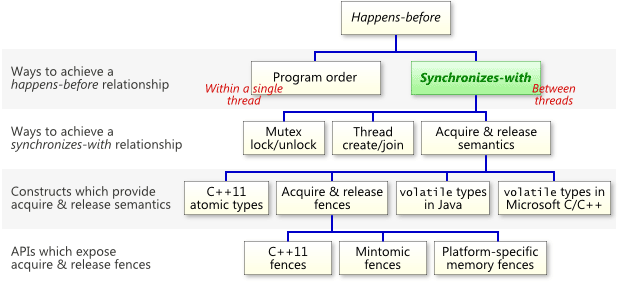1. 先定义annotation
2. 使用annotation
例子:
import java.lang.annotation.*;
import java.lang.reflect.Method;
@Target(ElementType.METHOD)
@Retention(RetentionPolicy.RUNTIME)
@interface Test {
String info() default "";
}
class Annotated {
@Test(info = "AWESOME")
public void foo(String myParam) {
System.out.println("This is " + myParam);
}
}
class TestAnnotationParser {
public void parse(Class clazz) throws Exception {
Method[] methods = clazz.getMethods();
for (Method method : methods) {
if (method.isAnnotationPresent(Test.class)) {
Test test = method.getAnnotation(Test.class);
String info = test.info();
if ("AWESOME".equals(info)) {
System.out.println("info is awesome!");
// try to invoke the method with param
method.invoke(Annotated.class.newInstance(), info);
}
}
}
}
}
public class Demo {
public static void main(String[] args) throws Exception {
TestAnnotationParser parser = new TestAnnotationParser();
parser.parse(Annotated.class);
}
}
程序输出:
info is awesome!
This is AWESOME
http://isagoksu.com/2009/development/java/creating-custom-annotations-and-
making-use-of-them/


